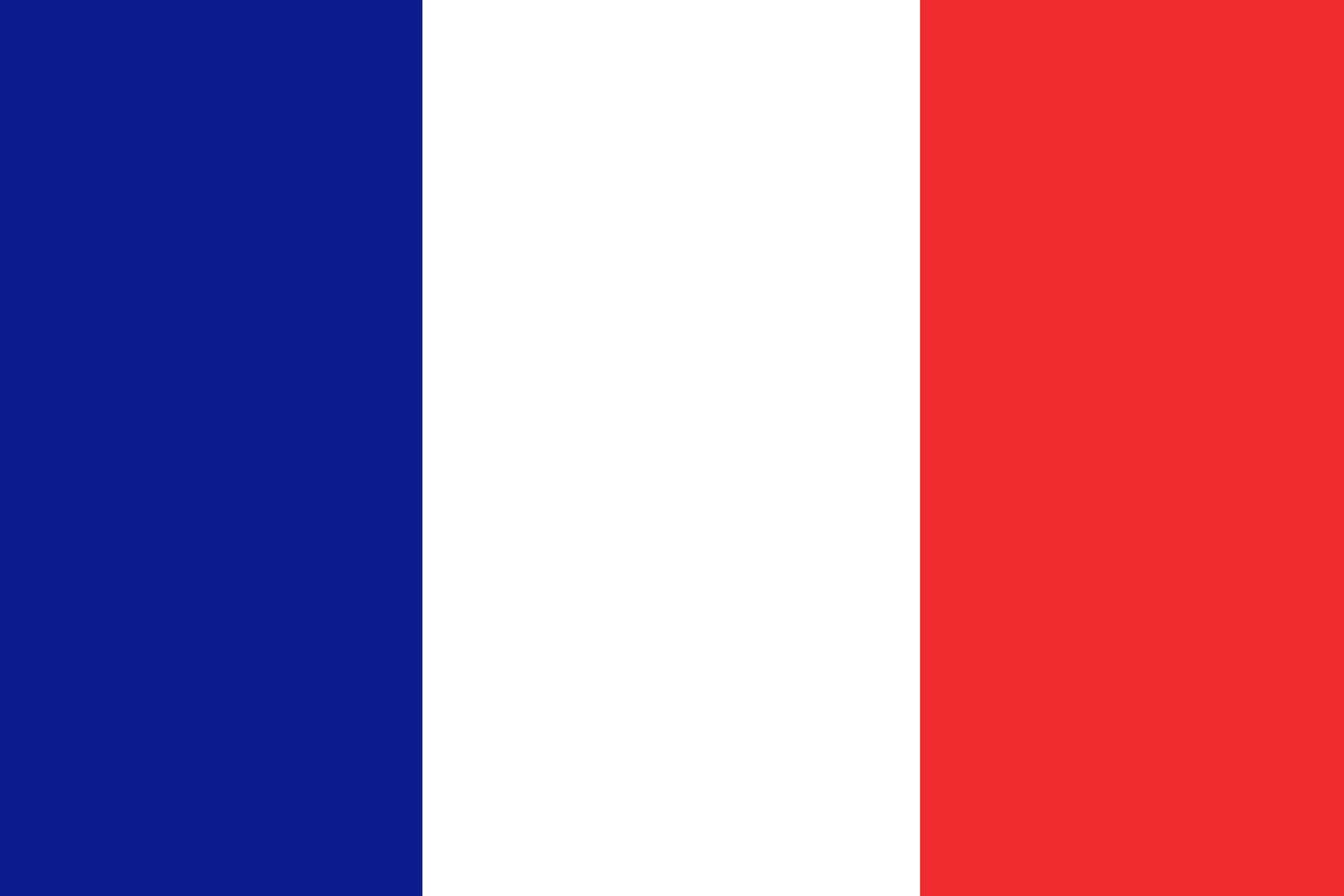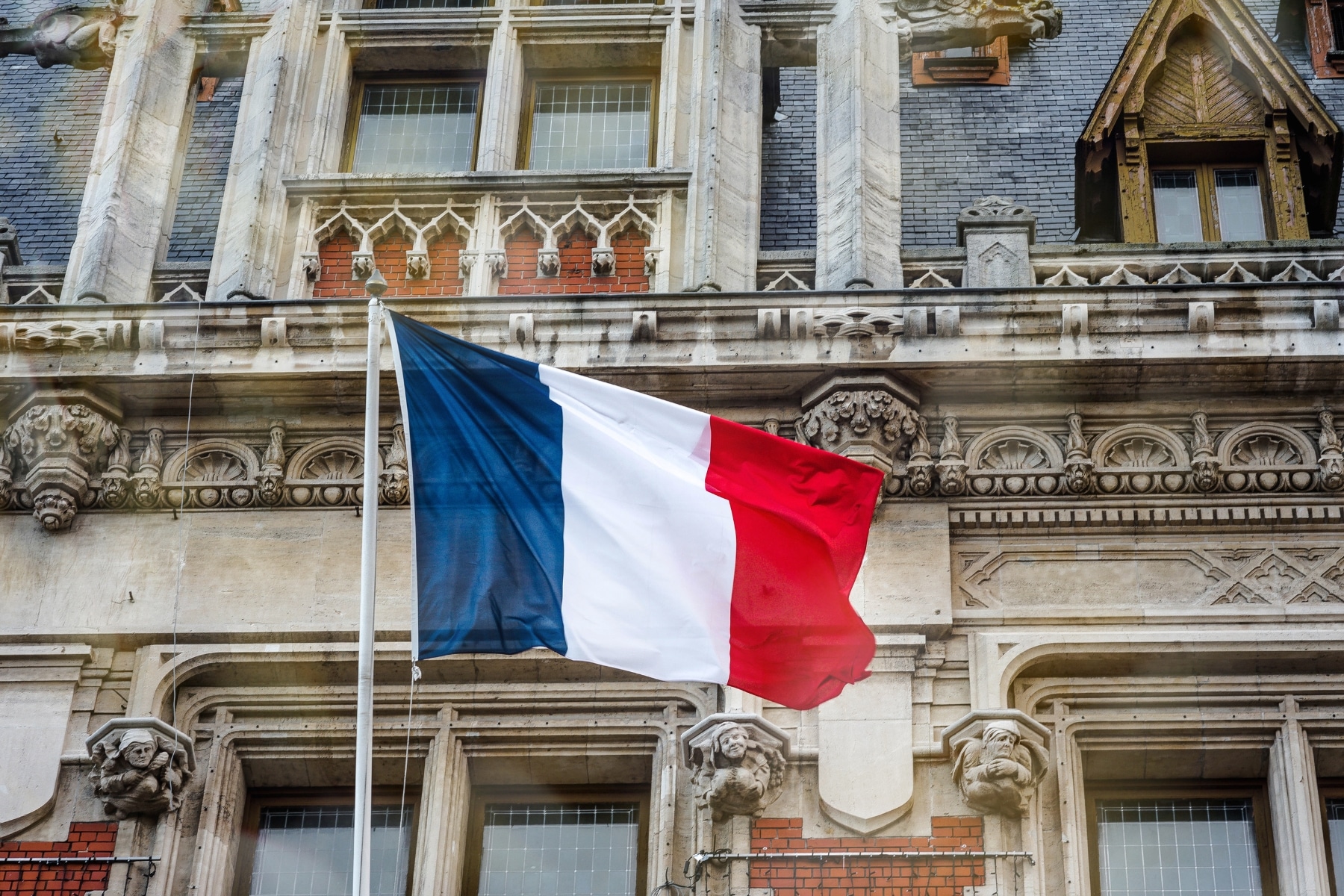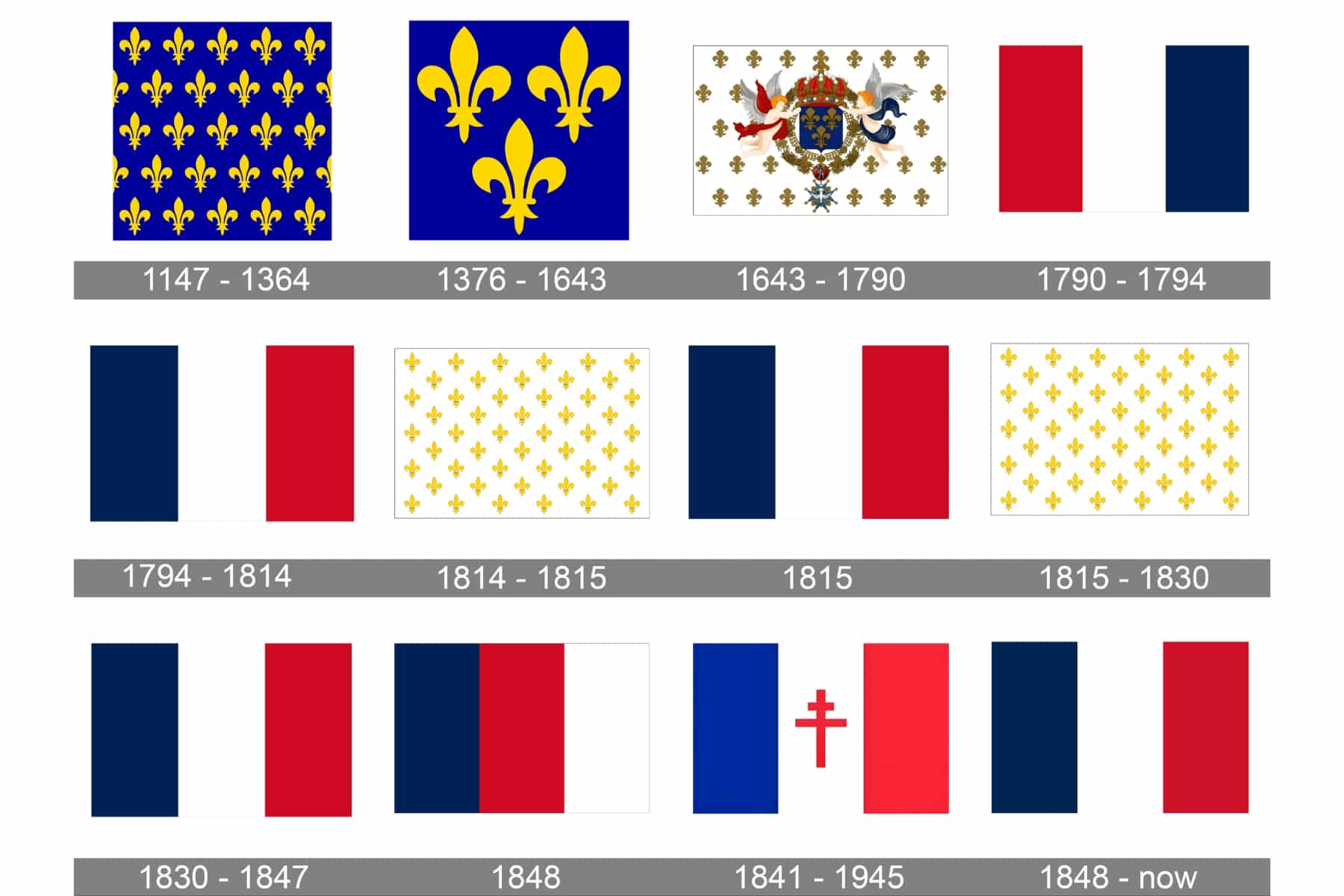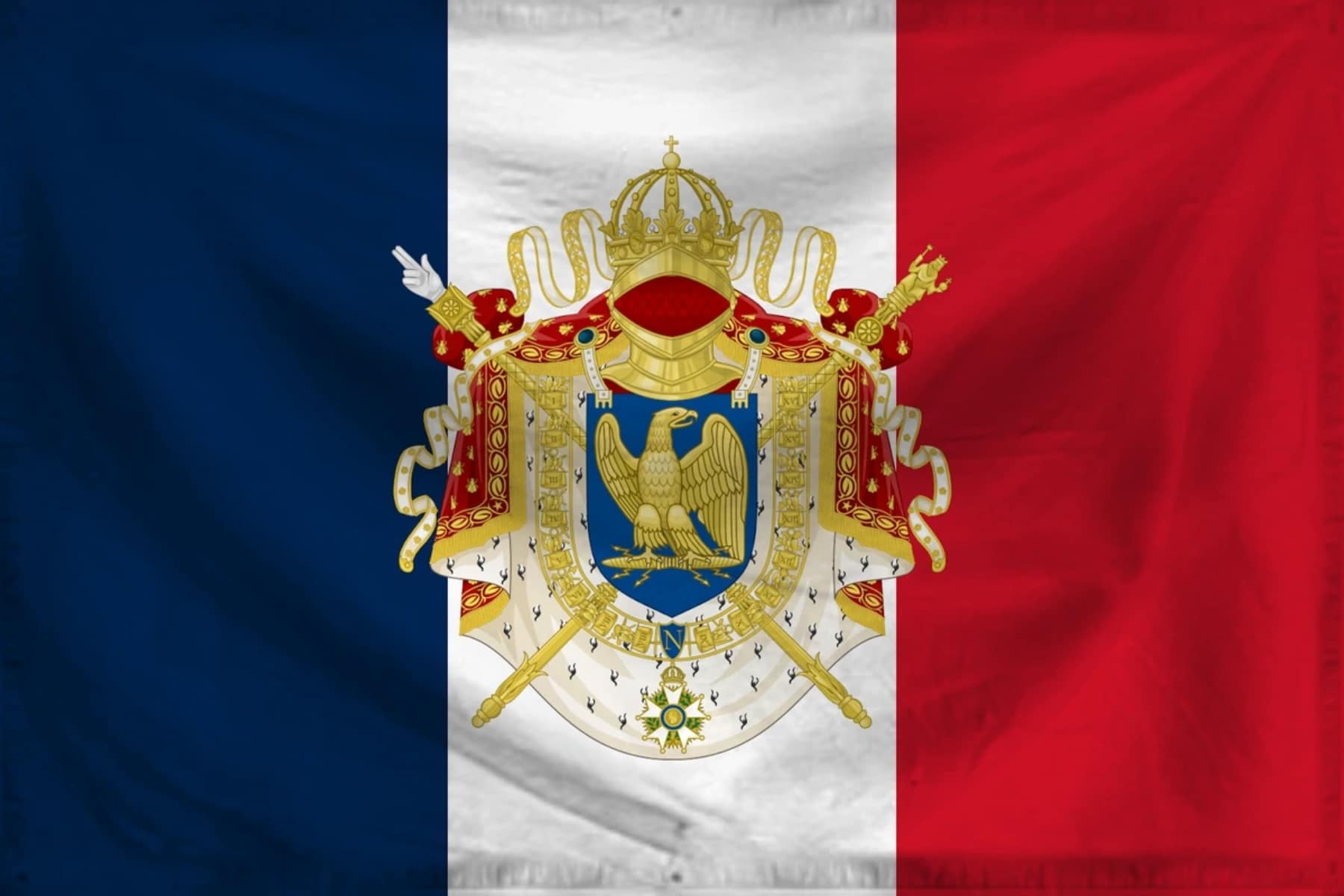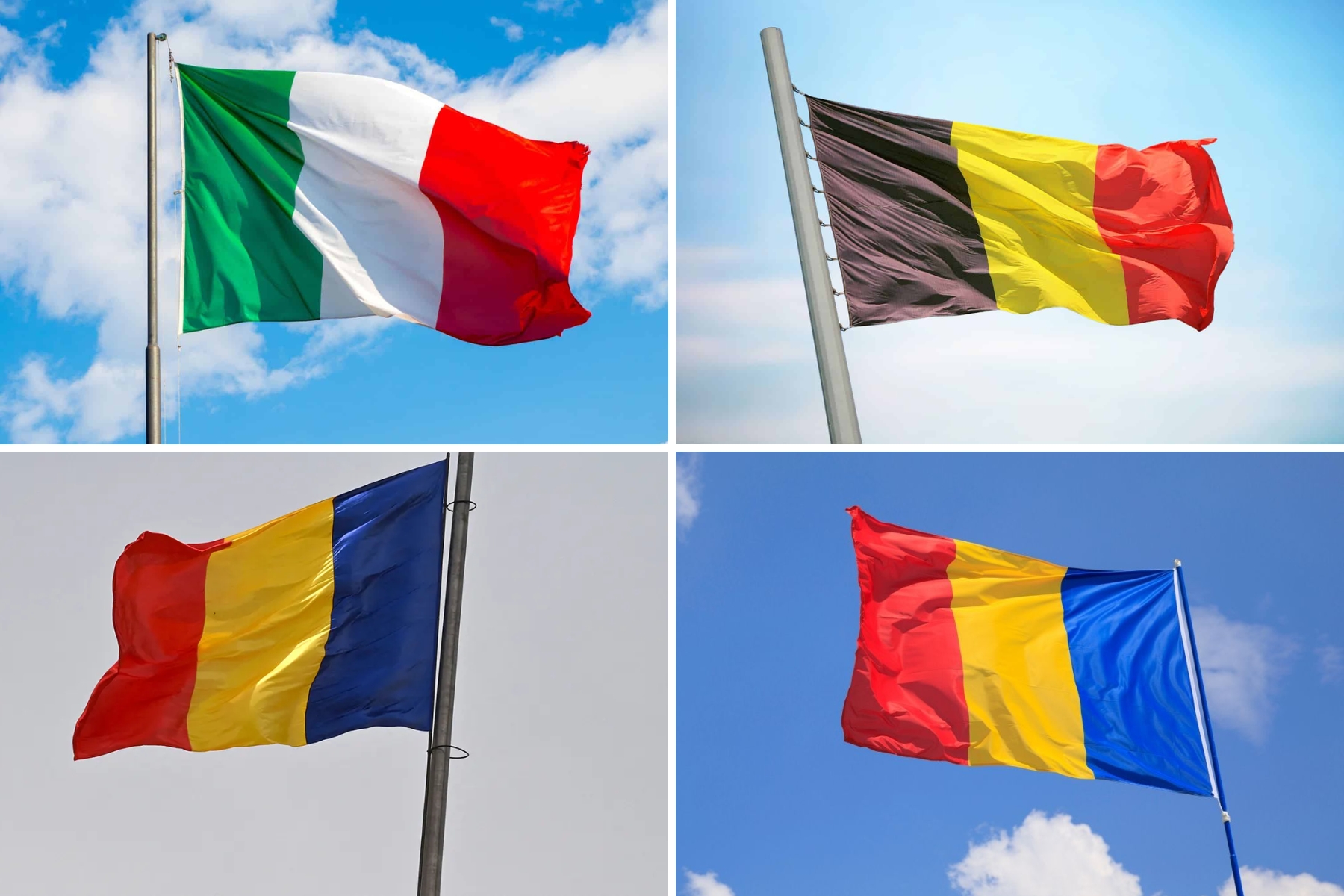Estimated reading time: 6 minutes
Key Takeaways
- The Tricolore’s design and colors embody French values of liberty, unity, and fraternity.
- The flag’s symbolism emerged from the revolutionary period and continues to inspire other nations.
- Global influence is seen in the flags of many countries, shaped by the ideals of the French Revolution.
- The French flag remains not just an emblem of the state, but a symbol of collective identity.
Table of Contents
Contents
What Do You Call the French Flag in French?
Before diving into the history, let’s start with the basics. In French, the flag is called “le drapeau français” (the French flag) or more commonly “le tricolore” (the tricolor). The term “tricolore” perfectly captures the flag’s most distinctive feature – its three vertical stripes. You might also hear French people refer to it as “le drapeau tricolore” or simply “nos couleurs” (our colors) in more casual conversation.
French Flag Colors: What Do They Mean?
The colors on the flag of France are more than just aesthetic choices—they represent powerful ideals. The flag consists of three vertical stripes of equal width:
- Blue (hoist side)
- White (middle)
- Red (fly side)
The colors of the Tricolore are deeply rooted in French history.
- Blue and Red were tied to Paris, reflecting the city’s coat of arms—blue for Saint Martin, red for Saint Denis, patron saint of Paris.
- White stood for the French monarchy, and its integration with blue and red in the flag marked a new alliance between the monarchy and the people.
“The Tricolore is more than decoration—it’s a bold statement of France’s revolutionary soul, blending royal heritage with the will of its people.”
French Flag History
The French flag’s history is a captivating journey through centuries of political upheaval and national identity formation. The current tricolor design emerged during the French Revolution in 1789, but its story begins much earlier.
Before the Revolution, France used various royal banners and flags, typically featuring the fleur-de-lis on a white background. The revolutionary period brought dramatic changes as the people sought to break free from monarchical symbols and create something that represented their new ideals.
The tricolor was officially adopted on February 15, 1794, during the height of the Revolutionary period. Interestingly, the colors were already significant in French culture – blue and red were the colors of Paris, while white represented the monarchy. By combining them, the revolutionaries created a powerful symbol that united the people of Paris with the nation as a whole.
The Old Flag of France
The old French flag tells a different story from the modern tricolor. For centuries, French kings used various banners, with the most famous being the plain white flag adorned with golden fleur-de-lis. This “Ancien Régime” flag represented royal authority and divine right.
One of the most historically significant old French flags was the Oriflamme, a red silk banner that served as the battle standard of French kings from the 12th to the 15th centuries. Legend claimed it was the banner of Charlemagne, making it one of the most revered symbols in medieval France.
During different periods, you might also find variations like:
- The blue field with golden fleur-de-lis (used by various French dynasties)
- Regional flags that represented different duchies and kingdoms before French unification
- Military standards that combined royal symbols with regimental colors
French Empire Flag
The French Empire flag represents one of the most dramatic periods in French history. When Napoleon Bonaparte crowned himself Emperor in 1804, he made significant changes to French national symbols, though he kept the tricolor design.
Napoleon’s version of the flag often featured the imperial eagle, reminiscent of Roman standards, and sometimes included the imperial crown and the letter “N” surrounded by a laurel wreath. The Emperor understood the power of symbols and used the flag as a tool for building national unity and imperial pride.
During the Napoleonic Wars, the French Empire flag became a symbol of conquest and revolution across Europe. Napoleon’s armies carried these banners from Moscow to Madrid, spreading not just French influence but also the ideals of the Revolution.
After Napoleon’s defeat and exile, the monarchy briefly restored the white flag with fleur-de-lis, but the tricolor returned permanently during the July Revolution of 1830. This demonstrates how deeply the revolutionary colors had embedded themselves in French national consciousness.
The French Flag in Paris
Walking through Paris, you’ll encounter the French flag everywhere – from the Élysée Palace to the Arc de Triomphe, from local town halls to historic monuments. The flag in Paris isn’t just a government symbol; it’s woven into the very fabric of the city’s identity.
The connection between Paris and the flag runs particularly deep since blue and red, two of the three colors, originally represented the city itself. During the Revolution, Parisians wore cockades (small badges) in blue and red to show their revolutionary spirit. When combined with the royal white, these colors created the tricolor that would become France’s national symbol.
Some of the most iconic locations to see the French flag in Paris include:
- The Palais de l’Élysée (French President’s official residence)
- The Hôtel de Ville (Paris City Hall)
- The Arc de Triomphe, where a massive flag often flies
- The Panthéon, France’s national mausoleum
- Various bridges across the Seine during national celebrations
Countries Inspired by the Tricolore
- Italy: Adopts the vertical tricolor concept, using green, white, and red.
- Belgium: With black, yellow, and red bands, it channels the Tricolore structure.
- Chad and Romania: Both feature blue, yellow, and red, showcasing the design’s international reach.
>>> You might be interested in: All Flags of the World: A Great Way to Understand A Nation’s History
Interesting Facts About the Flag of France
1. The Shades of Blue and Red Have Changed Over Time
Did you know that the French flag colors were subtly updated in 2020? The French government adopted a darker navy blue, closer to the original revolutionary flag. However, this change wasn’t heavily publicized—it was more symbolic than political.
2. It’s One of the First Tricolor Flags in the World
The French tricolor was groundbreaking when it was introduced. It inspired a wave of other tricolor flags during and after the French Revolution, including those of Italy, Ireland, and Romania.
3. Vertical Stripes Weren’t Always the Norm
Before the modern tricolor, the old French flag often featured fleurs-de-lis on a solid background, typically blue or white. The switch to vertical stripes was part of the revolutionary movement to break away from monarchist symbolism.
5. The French Flag Flies on the Eiffel Tower—But Not Always
It’s a common belief that the flag is permanently on top of the Eiffel Tower in Paris, but it’s actually only flown during special occasions or national holidays like Bastille Day (July 14).
6. It’s Illegal to Disrespect the Flag in France
French law protects national symbols, and desecrating the French flag in public can lead to fines. The law reinforces the flag’s importance as a symbol of the Republic and its values.
Conclusion: More Than Just a Flag
The Tricolore is more than a mere national emblem. It captures the French journey: rich with history, brimming with revolutionary energy, and symbolizing the ideals of unity and liberty. Its iconic design and deep symbolism have left an indelible mark worldwide.
As you discover the unique stories behind flags around the world, reflect on what symbols speak to you. Which values and milestones do flags in your own culture represent?
At Flagwix, we champion the beauty and importance found in flags everywhere. Let their stories continue to inspire and remind us of the power they wield in shaping identities and histories.
FAQ
What do the colors of the French flag represent?
Blue symbolizes liberty, white stands for unity and the monarchy, and red represents fraternity and sacrifice—core ideals of the French Republic.
When was the current French flag adopted?
The current Tricolore was officially adopted in 1794, during the height of the French Revolution.
Which countries’ flags are inspired by the French Tricolore?
Italy, Belgium, Chad, Romania, and several other nations have drawn inspiration from the Tricolore’s design and symbolism.
Why is the French flag considered a symbol of revolution?
The flag emerged during the French Revolution, blending colors of the monarchy and the city of Paris. It symbolizes the nation’s fight for liberty, a break from monarchy, and the rise of democracy.

I am a writer with a passion for flag history, symbolism, and design. I love exploring the deeper meanings behind flags and how they connect people, traditions, and personal expression.
